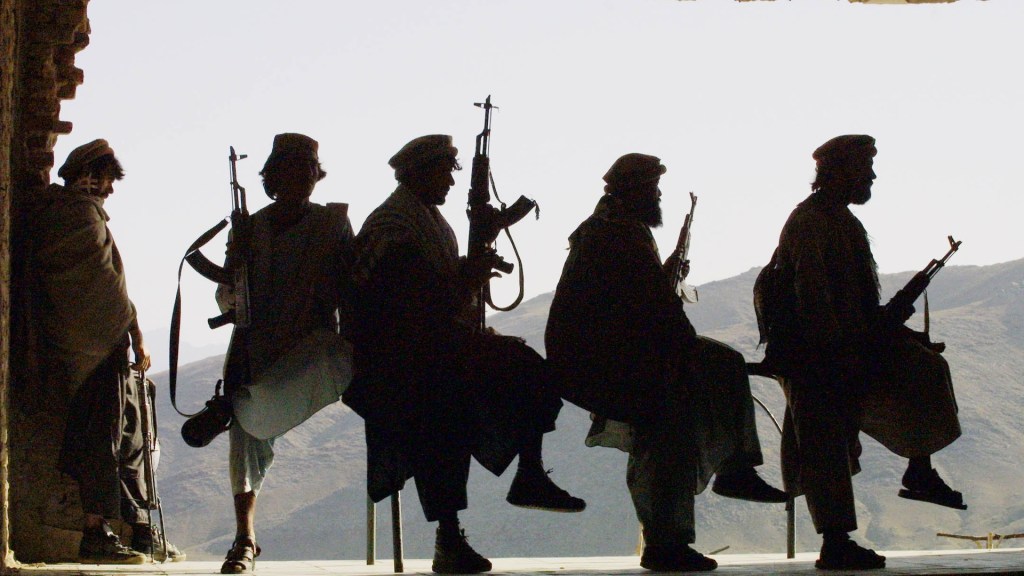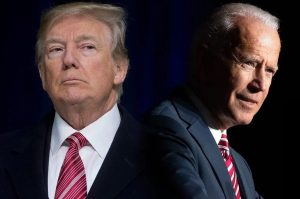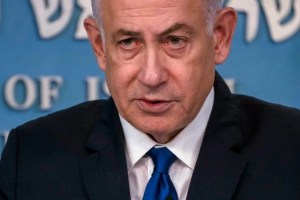The collapse of the Afghan armed forces this week, far quicker than anyone expected, has revealed the depth of the corruption that has hollowed out the Afghan state, including, as it turned out, the military. On paper Afghanistan had 300,000 troops and paramilitary police, and 30,000 special forces – more than enough to secure the country against an insurgency if skillfully deployed and well motivated. The best of these troops are as good as any in the region. But they were strung out in thousands of checkpoints across the country, poorly fed, rarely paid, and with fuel and ammunition sold off before it reached them. Many of the units were composed of ‘ghost soldiers,’ phantom troops whose pay was collected by senior officers.
Corruption was entrenched in Afghanistan at the start of the conflict 20 years ago. This was a huge mistake made by US secretary of defense Donald Rumsfeld. He wanted Afghan militias to be the main force on the ground to defeat the Taliban and al Qaeda. International support was to be composed only of air power and a ‘light footprint’ of special forces. But the Afghan militias he showered with millions of dollars were led by the very warlords whose banditry and violence in the mid-1990s had led to the rise of the Taliban in the first place, in reaction to that criminality. After 2001 the warlords used their new US-funded respectability to muscle their way into positions of power in the post-Taliban settlement, which became a constant driver of corruption.
Whatever other shortcomings occurred in the following 20 years, and there were many — the confusion over war aims, the distraction of Iraq, failure to rein in Pakistan, troops sent to Helmand for no clear purpose — they were dwarfed by this founding failure of the Afghan war.
The Afghan president, Ashraf Ghani, attempted to rally the nation with a speech to parliament and visits to big cities threatened by the Taliban, and encouraged the warlords to fight alongside government forces. But while the warlords were an impediment to good government for 20 years, when tested they turned out to have lost their capacity to make war. Their weakness was displayed when Taliban fighters mocked the warlord Abdul Rashid Dostum, parading in his field marshal uniform after taking his headquarters in the north, while another legendary warlord Ismail Khan was taken captive by the Taliban in the western city of Herat as the city fell.
The American’s light footprint did not last for long after 2001, with a gradual build-up to a peak of 150,000 international troops. But the intervention was not planned, because of an American aversion to anything that looked like ‘nation building’, so for several years there was no coherent policy. There were two impulses running through the administration of President George W. Bush. The first was not to get involved in long foreign engagements – in and out with only a light footprint, ‘Mission Accomplished.’ But on the other hand he drifted into rhetoric about spreading the American dream with a new Marshall Plan to rebuild Afghanistan — referring to the project to rebuild Germany after World War Two.
Twenty years on, and America has spent the equivalent of the Marshall Plan, adjusted for inflation. And though they have not exactly built a new Germany, there has been significant progress. The war was not for nothing and the aid was not for nothing. A confident new Afghanistan has emerged. Social attitudes have changed, and not just in the big cities. Women across the country now expect a different life to the narrow, closed path decreed by the misogynist Taliban.
This is new and it will make it difficult for the Taliban to impose their will on the country, except by using constant violence. They do not govern with consent, and there are questions as to whether they can run an administration at all. The Taliban who are seizing young women as sex slaves, a direct copy of the actions of the Islamic State group, are different to the Taliban of the mid-90s. It may be difficult to believe, but back then the Taliban came as a relief to many parts of Afghanistan, because of the violence and criminality of the warlords. One of the Taliban’s popular early moves in 1994 was to remove the checkpoints that extorted money from truckers along the main southern highway through Kandahar. Those checkpoints are now back and run by the Taliban, showing the Afghan people what the group are now — a criminal racket far more connected to the illegal trade in drugs, timber, and gems than it was when they were last in government.
The Biden administration is being criticized for its decision to pull the rug from under the Afghan state, with untold consequences for the wider region and the world. There should be searching questions too about the start of the war, and why America led its allies into a complex failed state with no coherent plan – expecting to achieve success at the start with air power and a few troops, but with no grasp of the background of those paid to fight on the ground.
This article was originally published on The Spectator’s UK website.


















